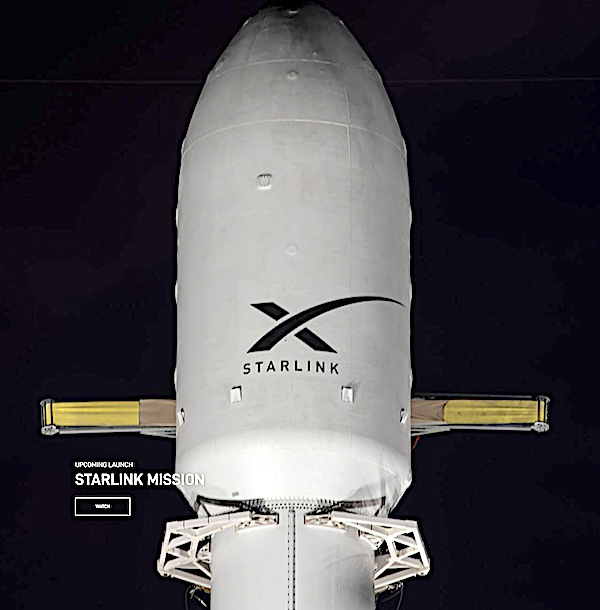
SpaceX has scrubbed its plans to launch 23 Starlink satellites in the early Monday morning with no explanation.
While the weather didn’t play so much a factor space weather is also a critical after a massive Coronal Mass Ejection (CME) erupted from the Sun on Friday and arrived at Earth Sunday, triggering a major disturbance in the Earth’s magnetic field, known as a geomagnetic storm. National Oceanic and Atmospheric Administration Space Weather Prediction Center declared the storm ‘G4 (Severe)’ on a warning scale which tops out at G5.
According to NOAA, a G4 storm can impact spacecraft with “surface charging and tracking problems” and “corrections may be needed for orientation problems”.
SpaceX’s Sunday night launch of Starlink Group 12-19 smallsats including 13 Direct to Cell

SpaceX is targeting Sunday, June 1 for a Falcon 9 launch of 23 Starlink satellites, including 13 with Direct to Cell capabilities, to low-Earth orbit from Space Launch Complex 40 (SLC-40) at Cape Canaveral Space Force Station in Florida. Liftoff is targeted for Sunday 10:01 PDT/ Monday 1:01 a.m. ET, with backup opportunities until 1:03 a.m. ET. If needed, additional launch opportunities are also available on Tuesday, June 3 starting at 12:29 a.m. ET.
According to weather officials, there’s a 75% chance of favorable weather conditions at the time of the launch. Officials are monitoring weather conditions with concerns related to Cumulus Cloud Rule, Surface Electric Fields Rule. The forecast calls for a temperature of 77°F, light rain, 2% cloud cover, a wind speed of 9mph and 0.36in of rain.
A live webcast of this mission will begin about five minutes prior to liftoff, which you can watch on X @SpaceX. You can also watch the webcast on the new X TV app.
This is the 21st flight for the first stage booster supporting this mission, which previously launched Crew-5, GPS III Space Vehicle 06, Inmarsat I6-F2, CRS-28, Intelsat G-37, NG-20, TD7, and 13 Starlink missions. Following stage separation, the first stage will land on the Just Read the Instructions droneship, which will be stationed in the Atlantic Ocean.
